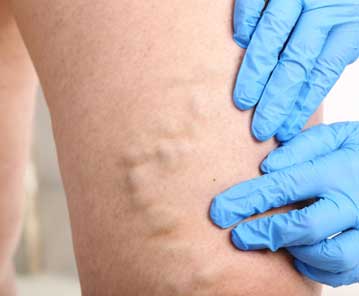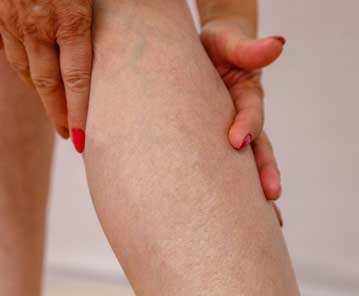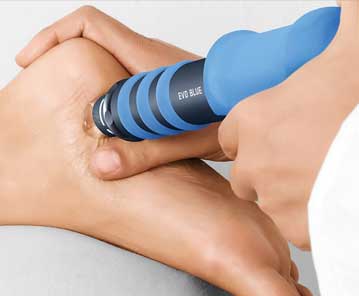Risk Factors for Venous Insufficiency
Chronic venous insufficiency occurs when your leg veins don’t allow blood to flow back up to your heart. Normally, the valves in your veins make sure that blood flows toward your heart. But when these valves don’t work well, blood can also flow backwards. This can cause blood to collect (pool) in your legs. Chronic venous insufficiency is not a serious health threat. But it can be painful and disabling. Symptoms of chronic venous insufficiency may include, Swelling in your legs or ankles, Tight feeling in your calves or itchy, painful legs, Pain when walking that stops when you rest, Brown-colored skin, often near the ankles, Varicose veins, Having an uncomfortable feeling in your legs and an urge to move your legs (restless legs syndrome), etc.
Your provider will take your medical history and give you an exam. You may also have an imaging test called a Duplex ultrasound. This looks at blood flow and the structure of your leg veins. It checks the speed and direction of blood flow in the blood vessel. Your healthcare provider will create a treatment plan for you based on, Your age, overall health, and medical history, How serious your case is, How well you handle certain medicines, treatments, or therapies, and Your signs and symptoms.
Treatment may include:
Improving blood flow in your leg veins. Keeping your legs raised (elevated) can reduce swelling and help increase blood flow. Wearing compression stockings may also help. Regular exercise can also improve blood flow.
Medicines. Medicines that increase blood flow through the vessels may be used along with compression therapy to help heal leg ulcers. Aspirin can also be used to help ulcers heal. Medicines that draw excess fluid from the body through the kidneys (diuretics) are not often used. But they may be used if other conditions such as heart failure or kidney disease are also linked to the swelling.
Endovenous laser ablation or radiofrequency ablation (RFA). This is a minimally invasive procedure. A tube (catheter) puts heat right into the affected vein. This closes the vein. Once the vein is closed, less blood pools in the leg. Overall blood flow is improved.
Sclerotherapy. This may be used if your case is more serious. A chemical is injected into the affected veins. The chemical causes scarring in the veins so that they can no longer carry blood. Blood then returns to the heart through other veins. The body absorbs the scarred veins.
Surgery. This is done in severe cases. Ligation is a type of surgery that may be used. The affected vein is tied off so that blood no longer flows through it. If the vein or its valves are heavily damaged, the vein will be removed. This is called vein stripping.





